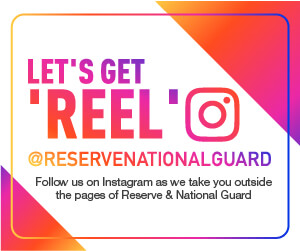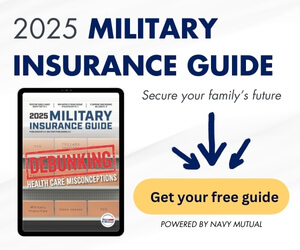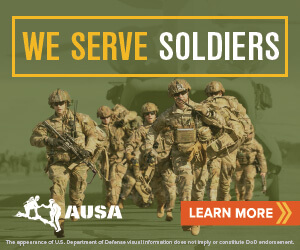Suicide rates among the National Guard haven’t changed significantly. Still, its leadership continues to focus on suicide prevention messaging across its 54 states and territories to reduce the stigma of asking for help.
“Having a mental health issue is no different than having a sprained ankle,” Maj. Gen. Eric Little said Friday during a media roundtable to address the Department of Defense’s Annual Suicide Report, released earlier this week.
The calendar year 2020 report found that Army Reserve and Army National Guard suicide rates were 22.2 and 30.9 per 100,00 soldiers, respectively.
While 2020 data showed an increase compared to 2019 (27 per 100,000 compared to 20.5), the rate was “statistically comparable” to 2018 (27 per 100,000 to 30.8), according to the report.
During the media roundtable, Rear Adm. Matthew Kleiman said that the Guard is focused on working with first-line leaders on messaging about seeking help early.
“This is so obvious to me that this is something we need to be doing, but isn’t something that’s always been part of the military culture,” Kleiman said.
Guard leadership, according to Little, also is working to provide resources down to the state level for its members. The struggle, he said, is that because they cover 54 states and territories, they have service members from every community who face “every type of risk factor.”
READ MORE: Units experimenting with pilot programs to address suicide
Still, the Guard has brought in and trained more than 1,000 civilian doctors and medical professionals on mental health issues specific to its service members.
Little said the Guard also is looking at a pilot program that screens new recruits for risk factors and is working with veteran centers to increase access to care.
But along with that lies the dilemma, according to Little, of staying connected with service members.
“Our challenge is we only see these soldiers and airmen one weekend a month… Culture is the key for us and establishing that feeling, that sense of safety inside the Guard,” Little said.
Leadership support ‘critical’ to suicide prevention
A survey conducted with the New York National Guard found that leadership support is “critical” for suicide prevention efforts, Kleiman said. Because of the survey, information packets that explained how leaders can engage with service members and recognize when someone might need assistance were developed and distributed to all 54 states and territories.
Due to additional stressors on service members this year – between the COVID-19 pandemic and civil unrest, among other situations– Kleiman said some specific tools have been provided to states. Among those are a resilience newsletter (providing tips for lethal-means safety and resources for those who need support) and resource cards that include possible stressors and resources.
While the suicide rate has been stable for the past five years as the U.S. rate has increased, Little said that pilot programs – outlined in the DOD report – are part of the Guard’s approach to determining if its efforts to reduce suicides are working.
One such program in New Mexico, according to Kleiman, screens for adverse childhood experiences.
“When they come into the National Guard, they’re screened to see what types of issues they might be bringing with them to their military service… [and they] get regular follow up support from Day One.”
Annual suicide rates, though, are “not necessarily the best way to measure effectiveness of a prevention program,” according to Kleiman. Other ways to measure success could include looking at how many people have been referred to a provider.















































